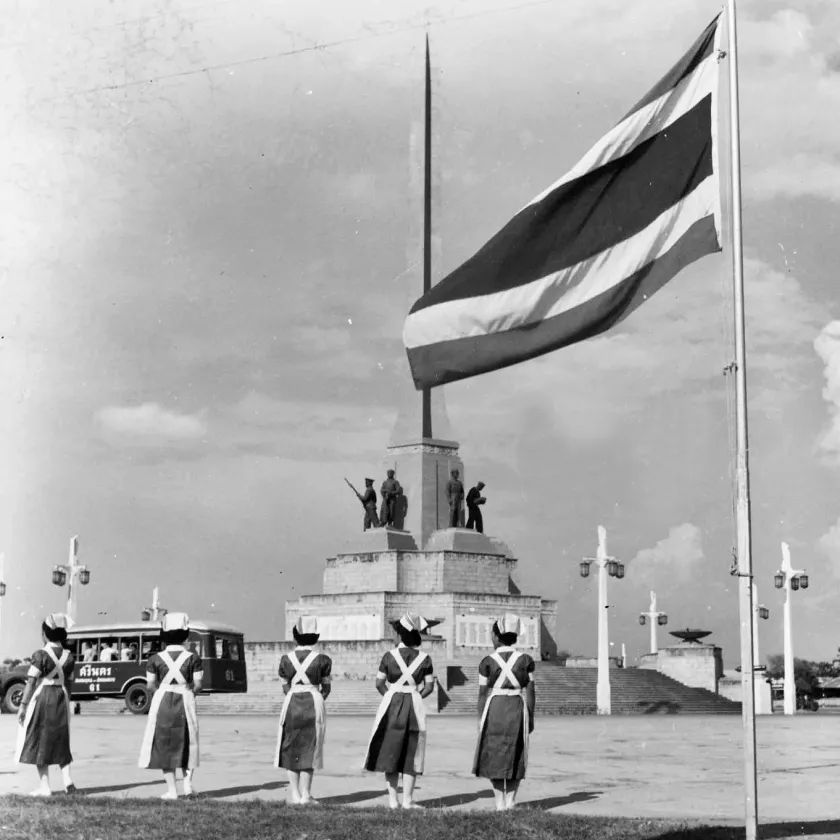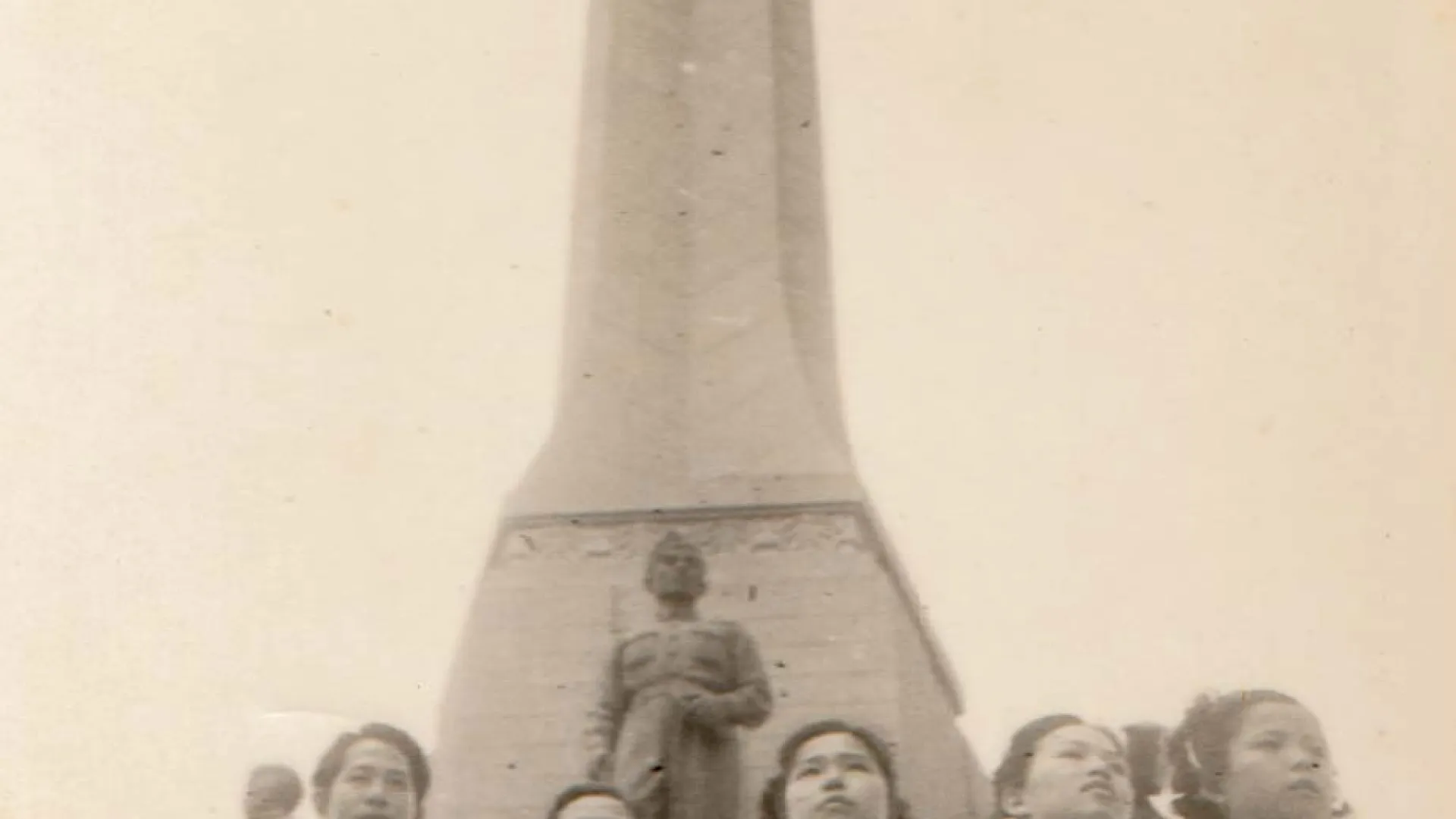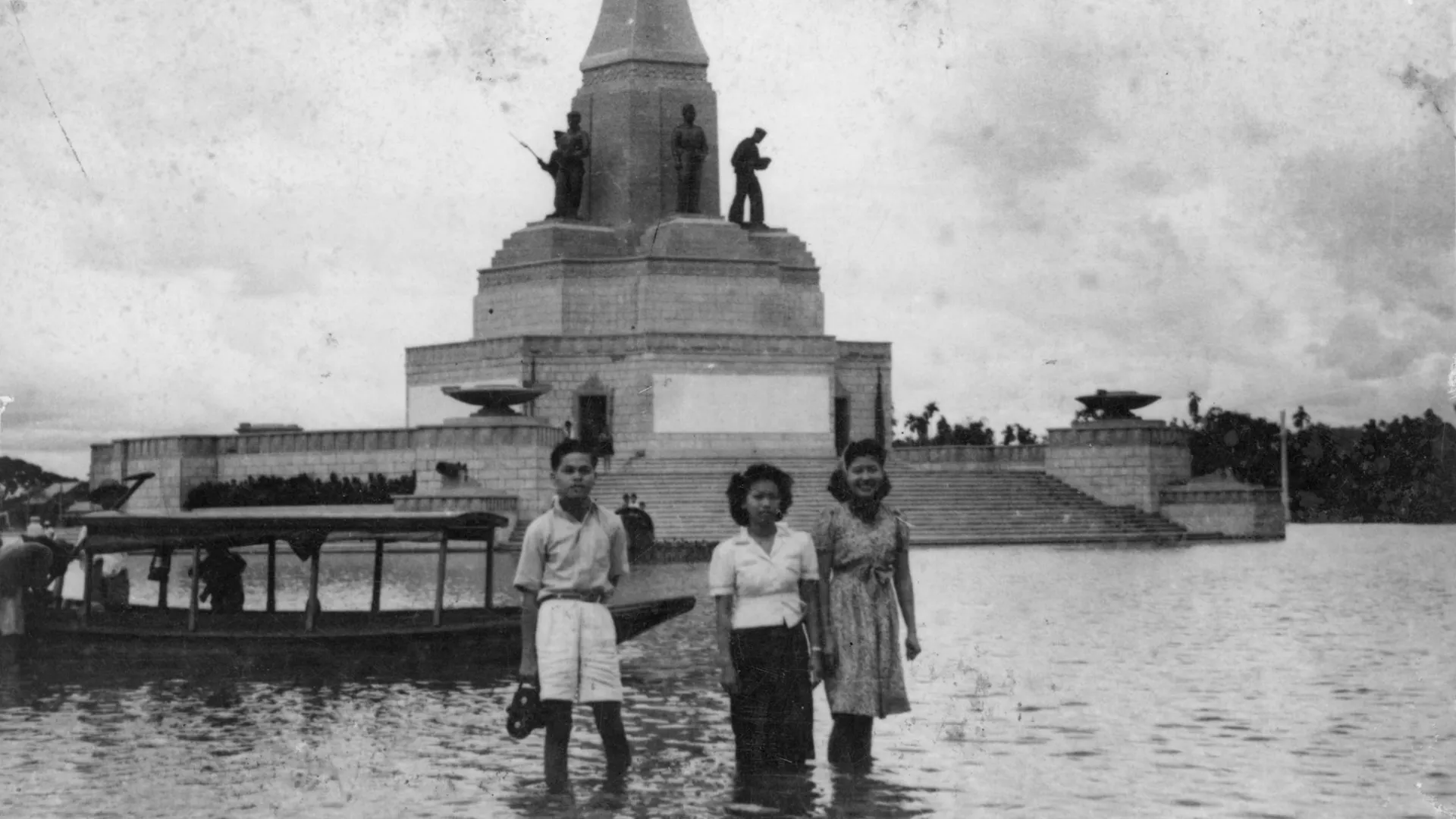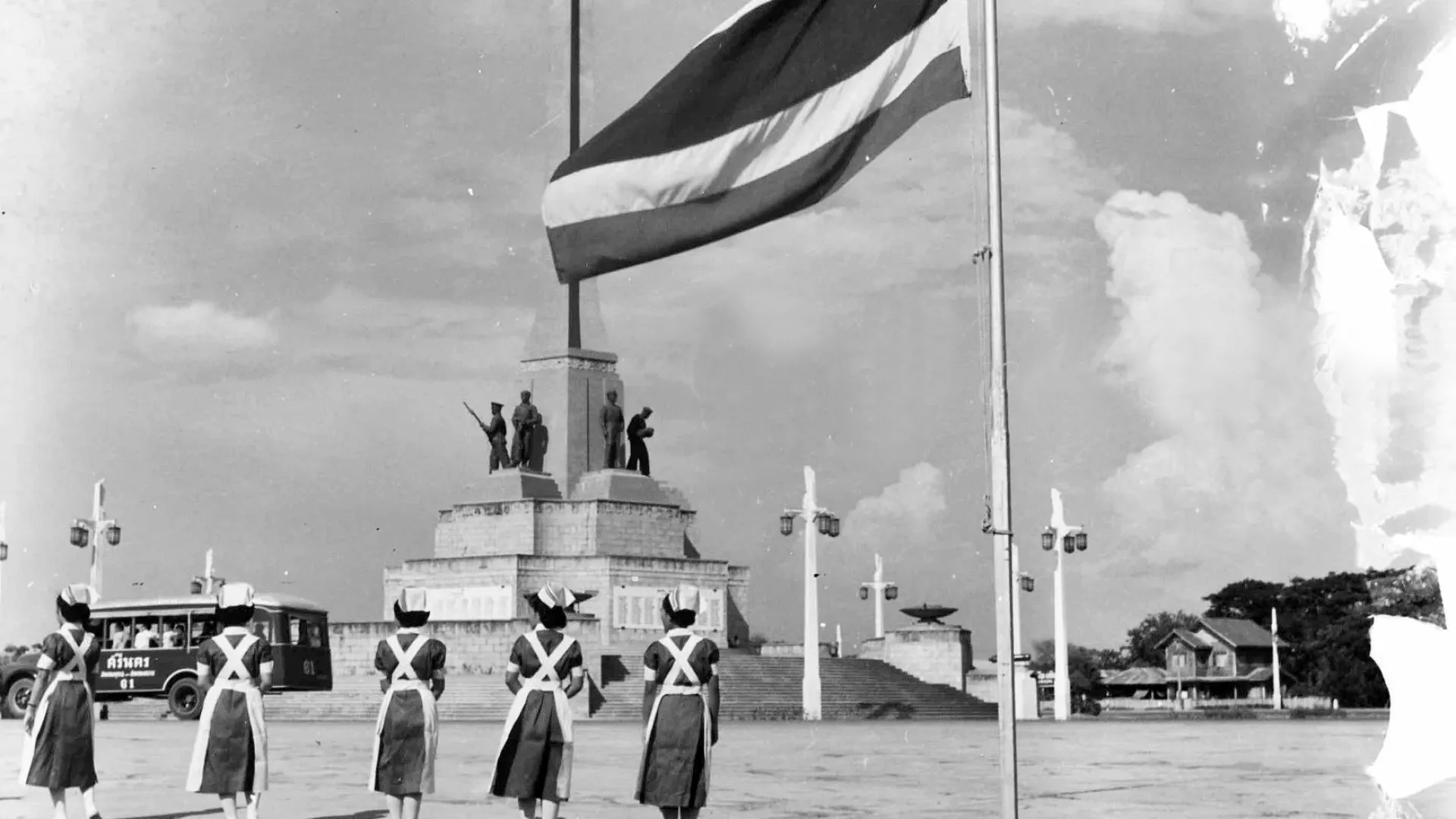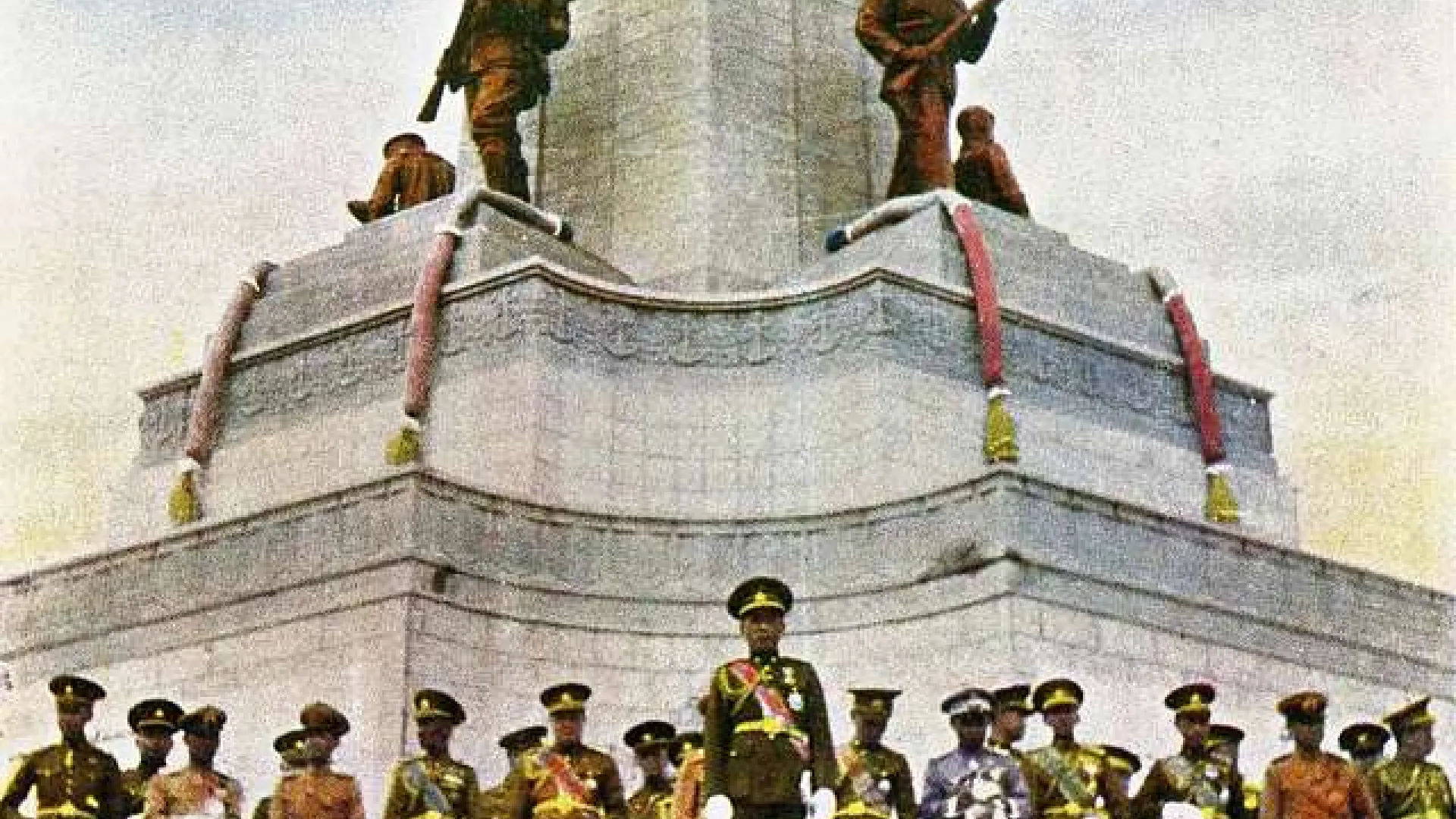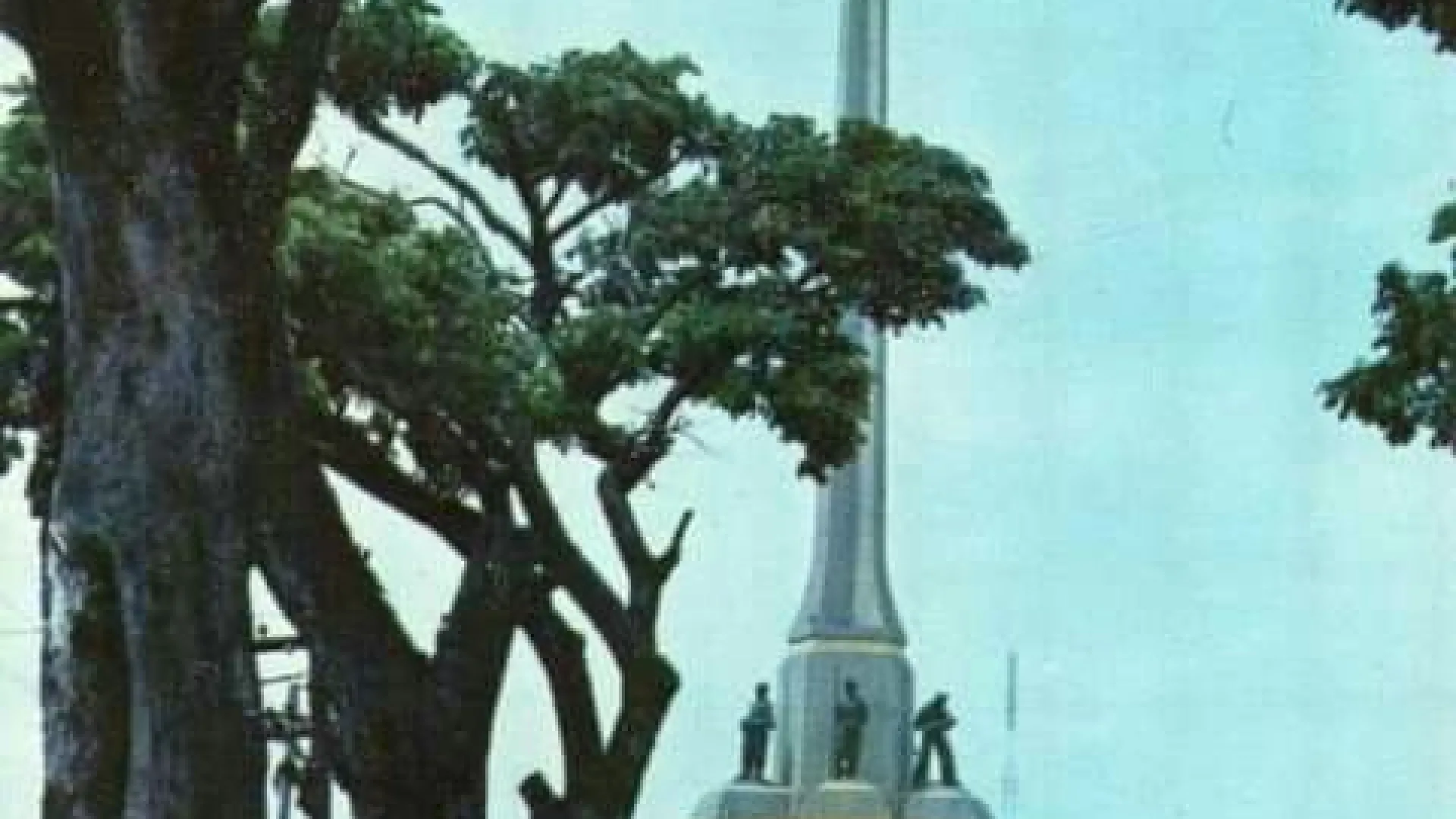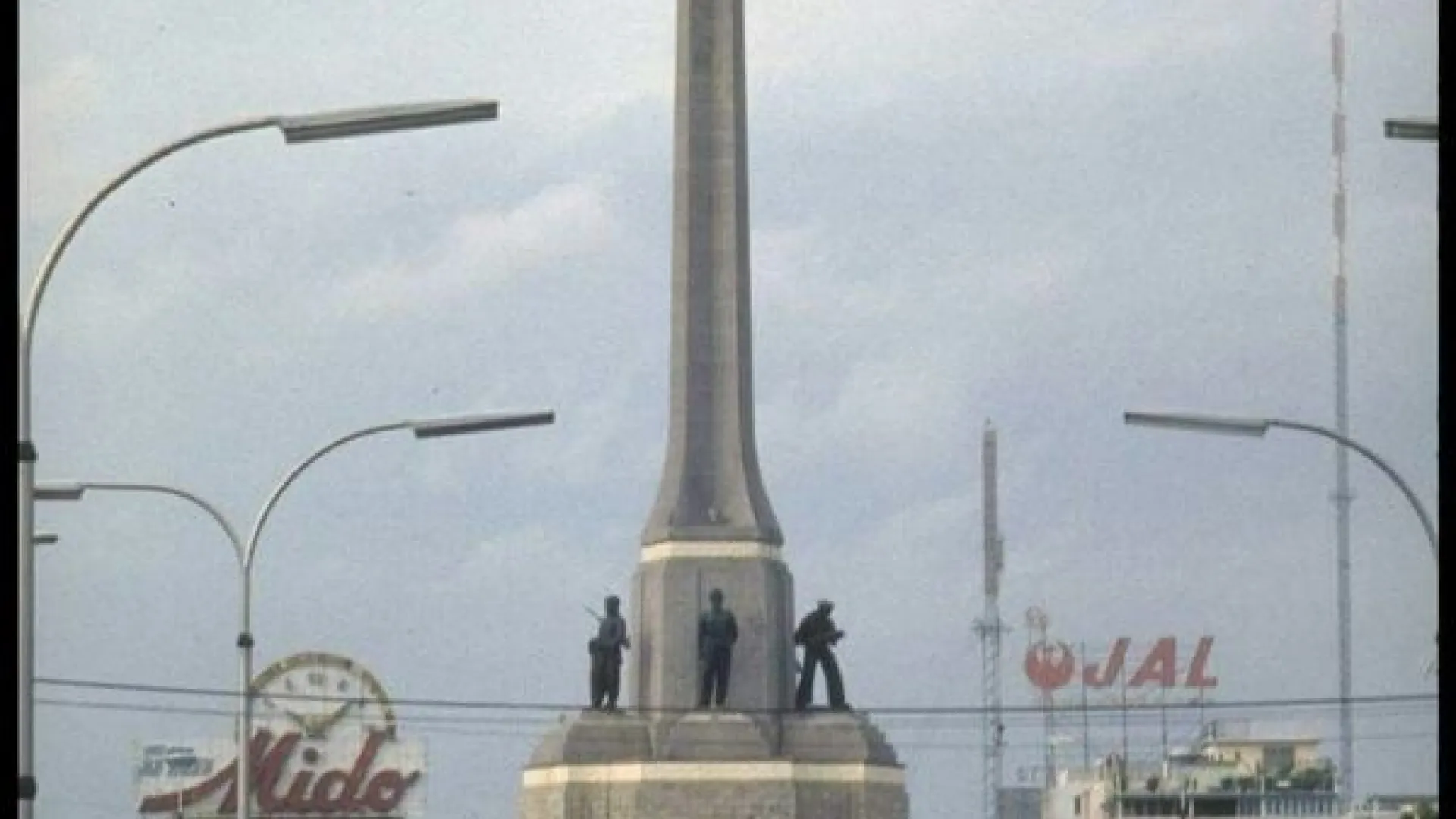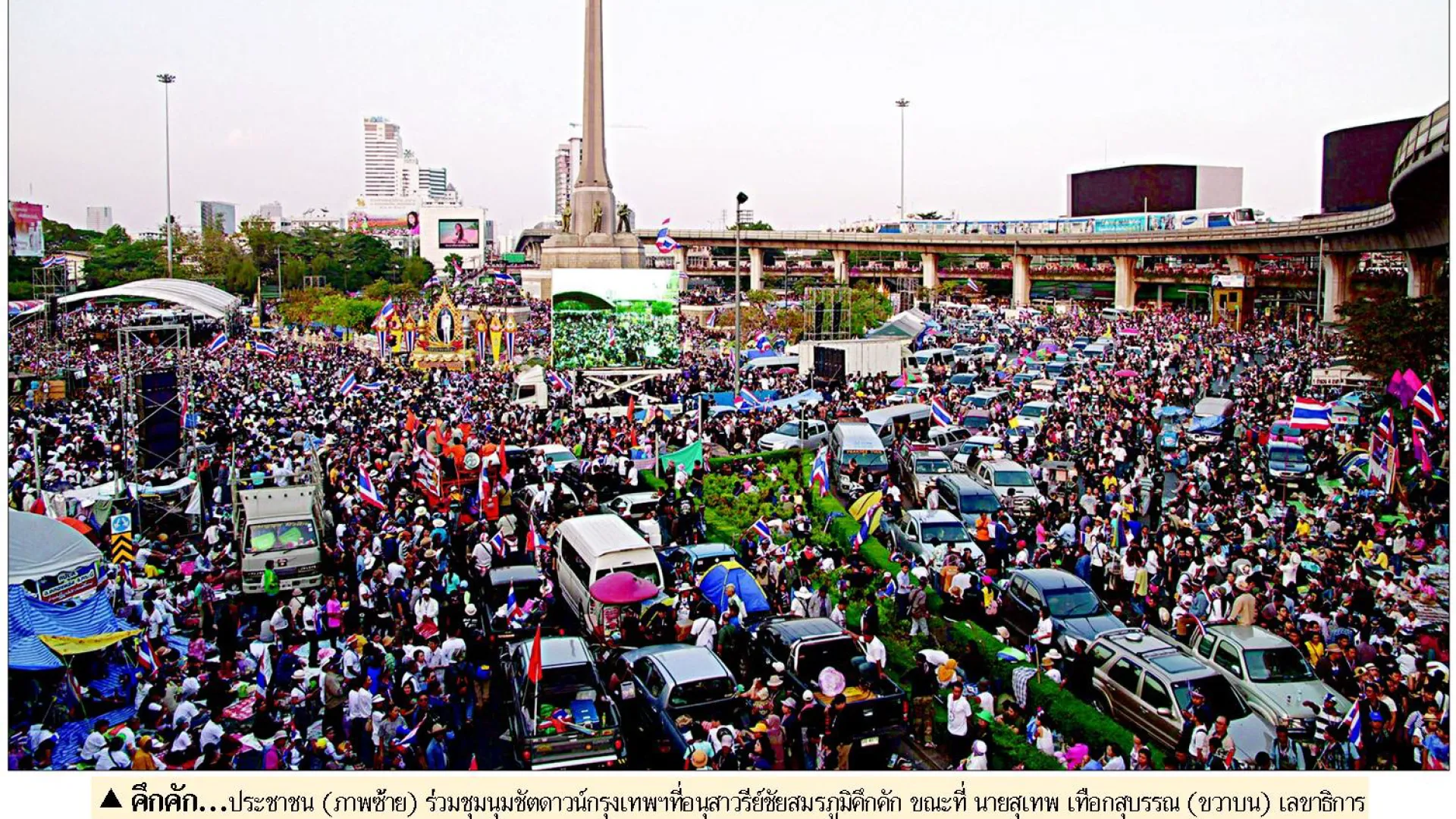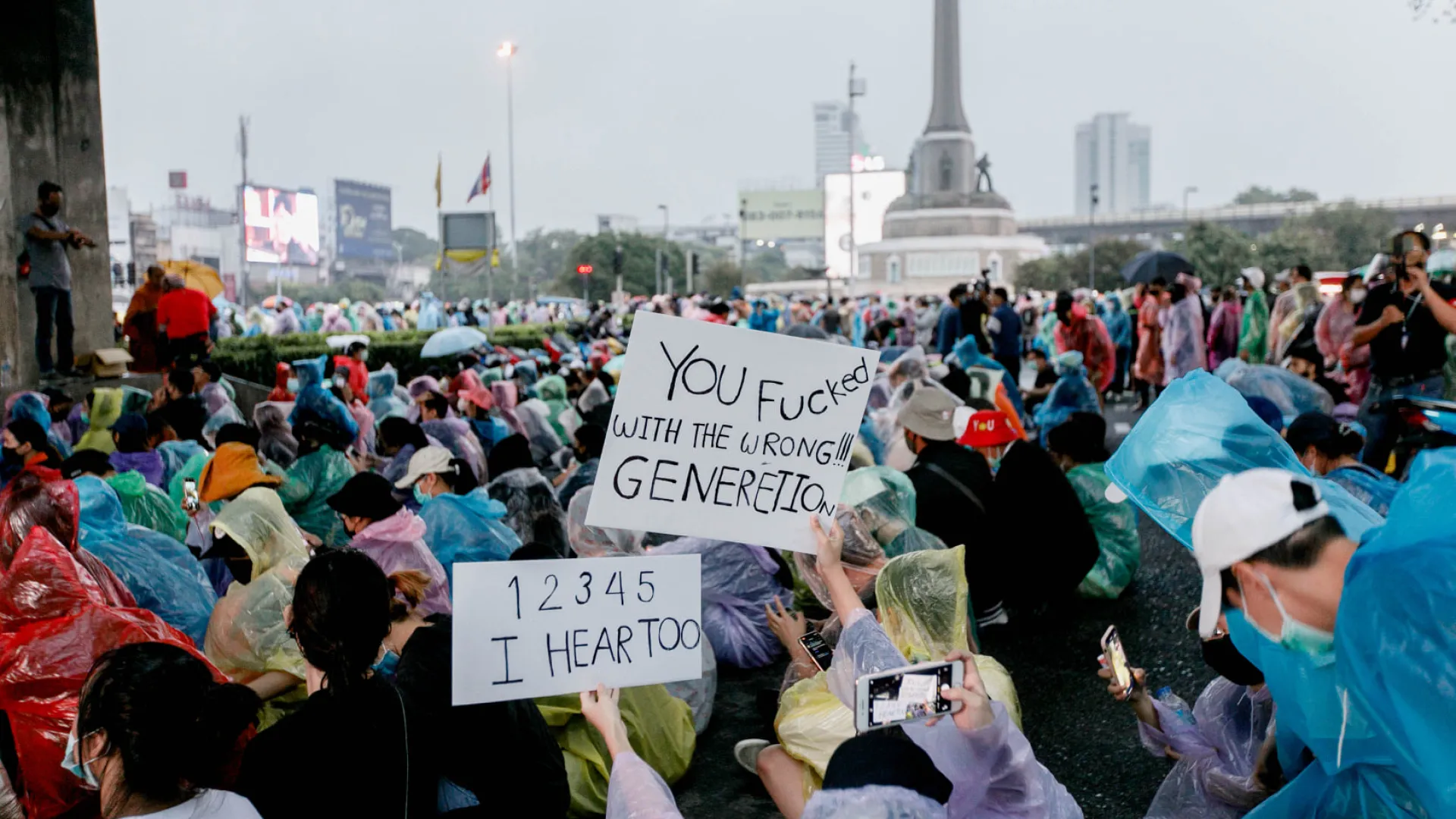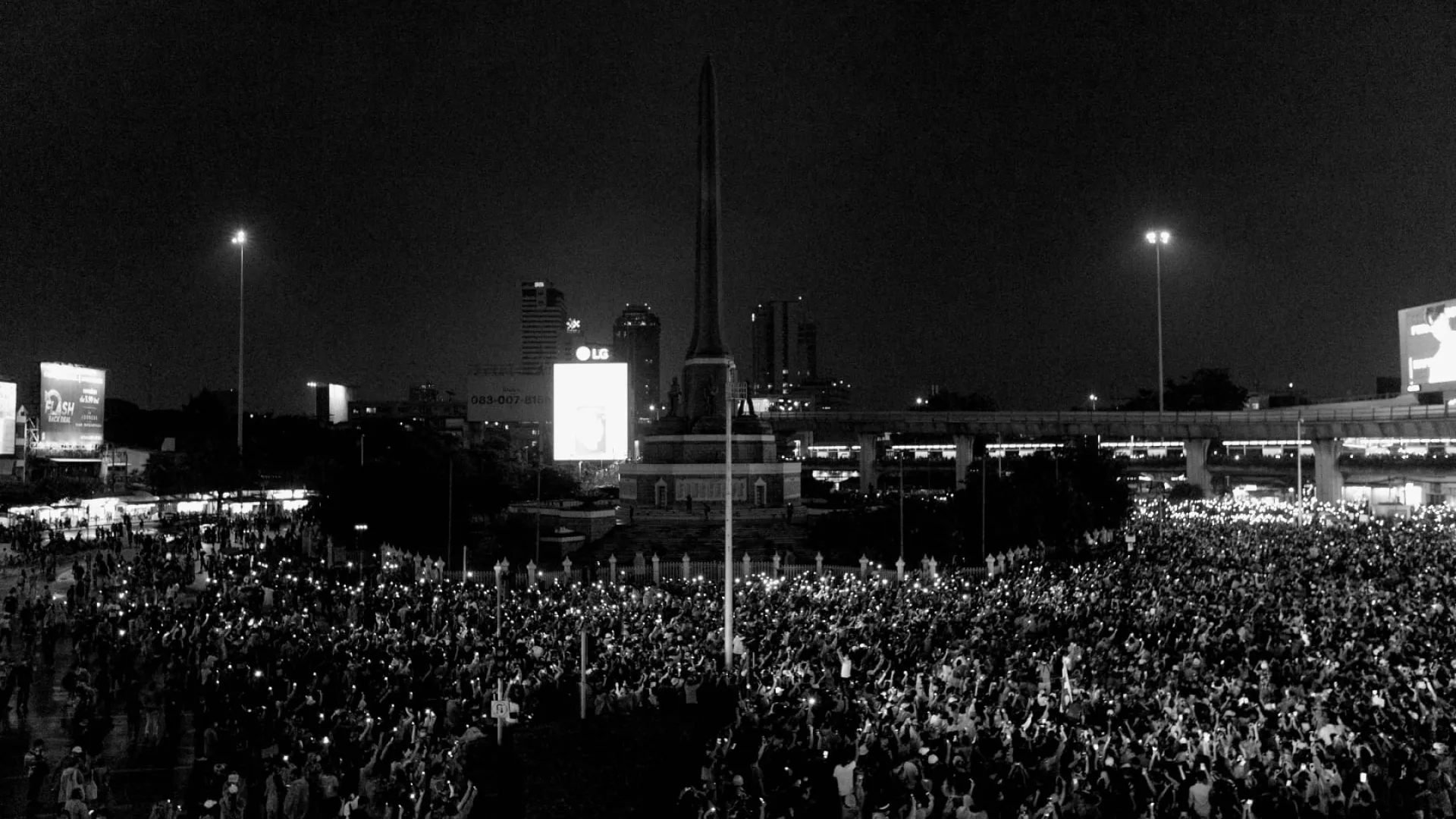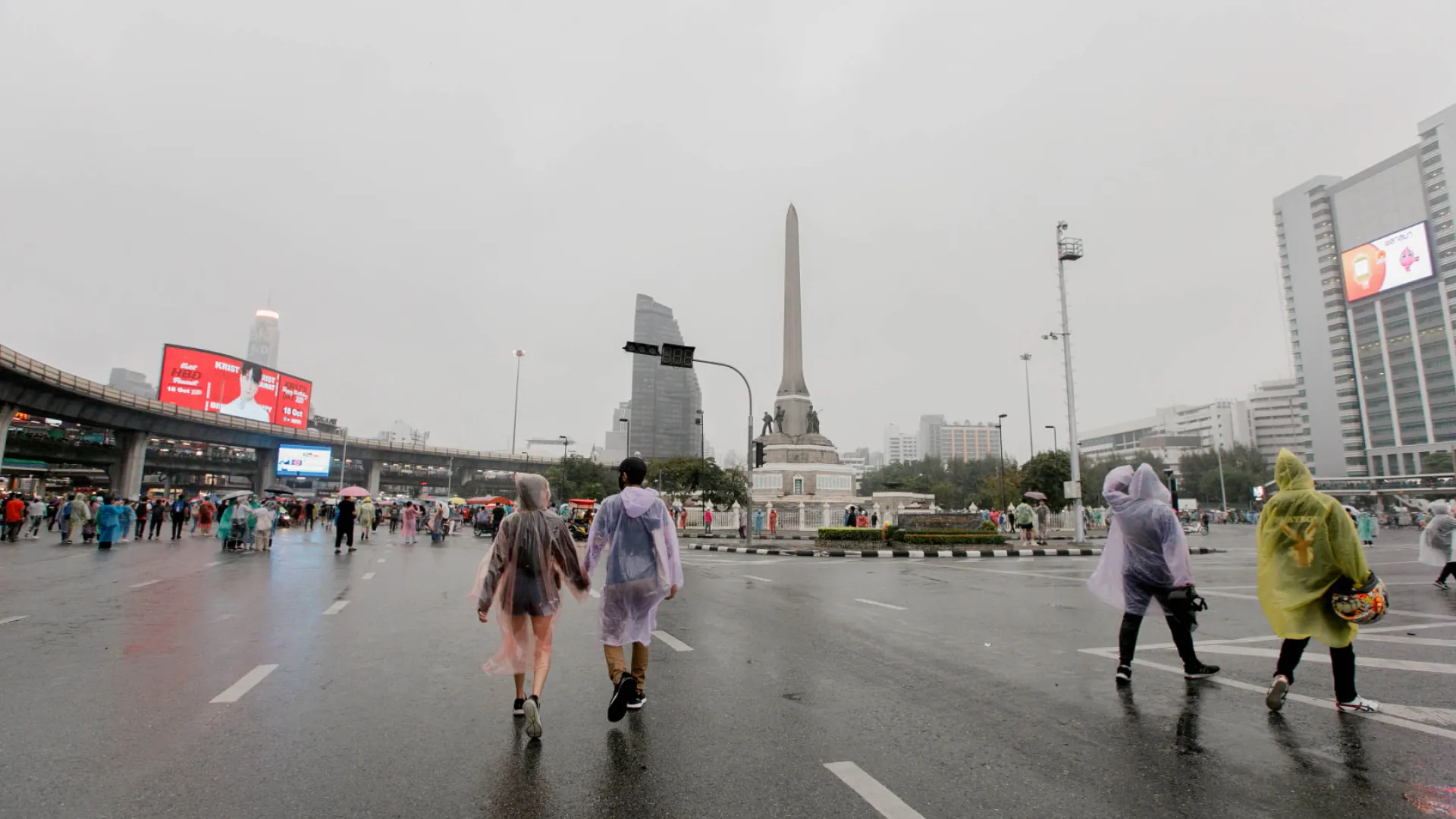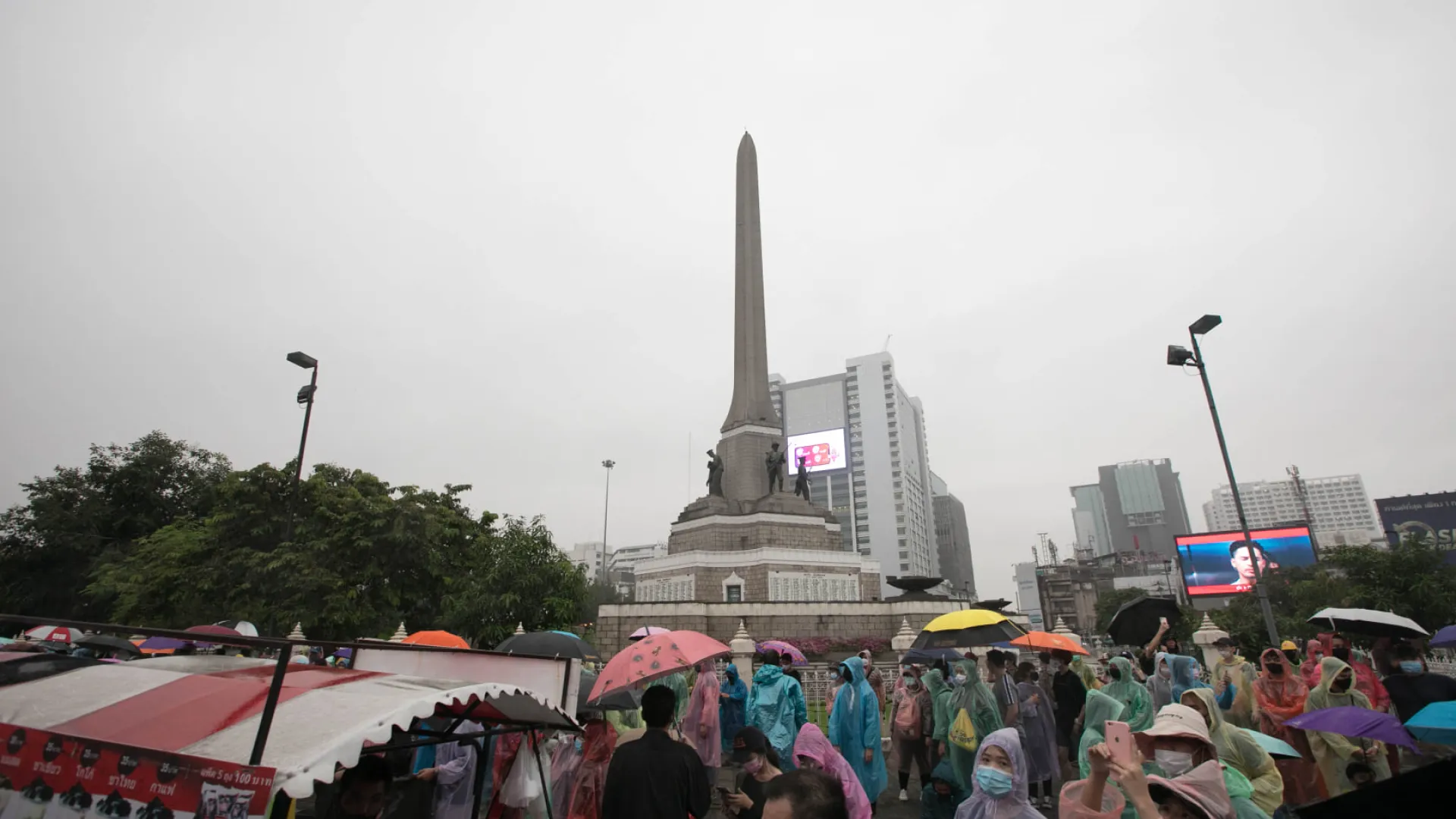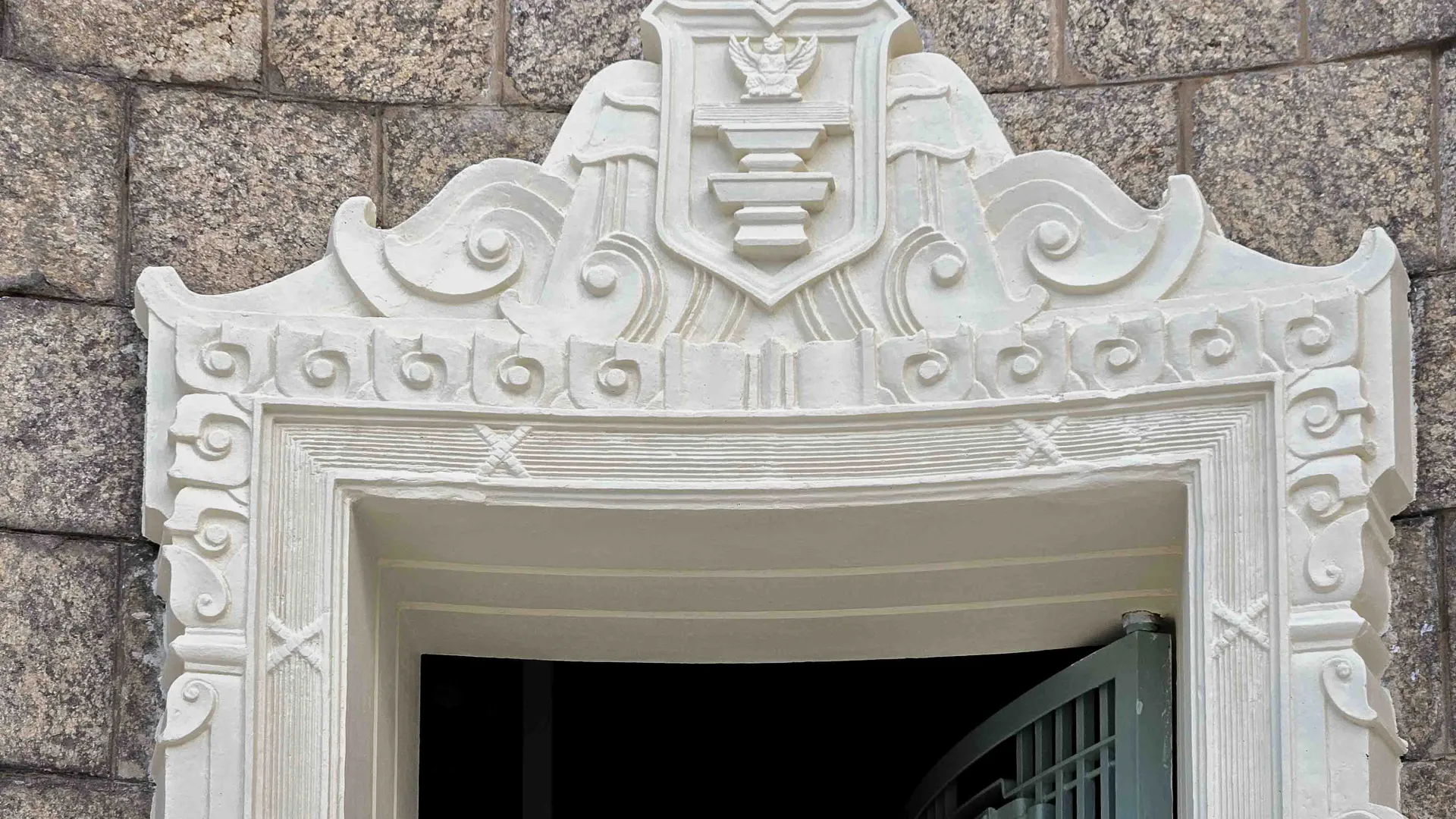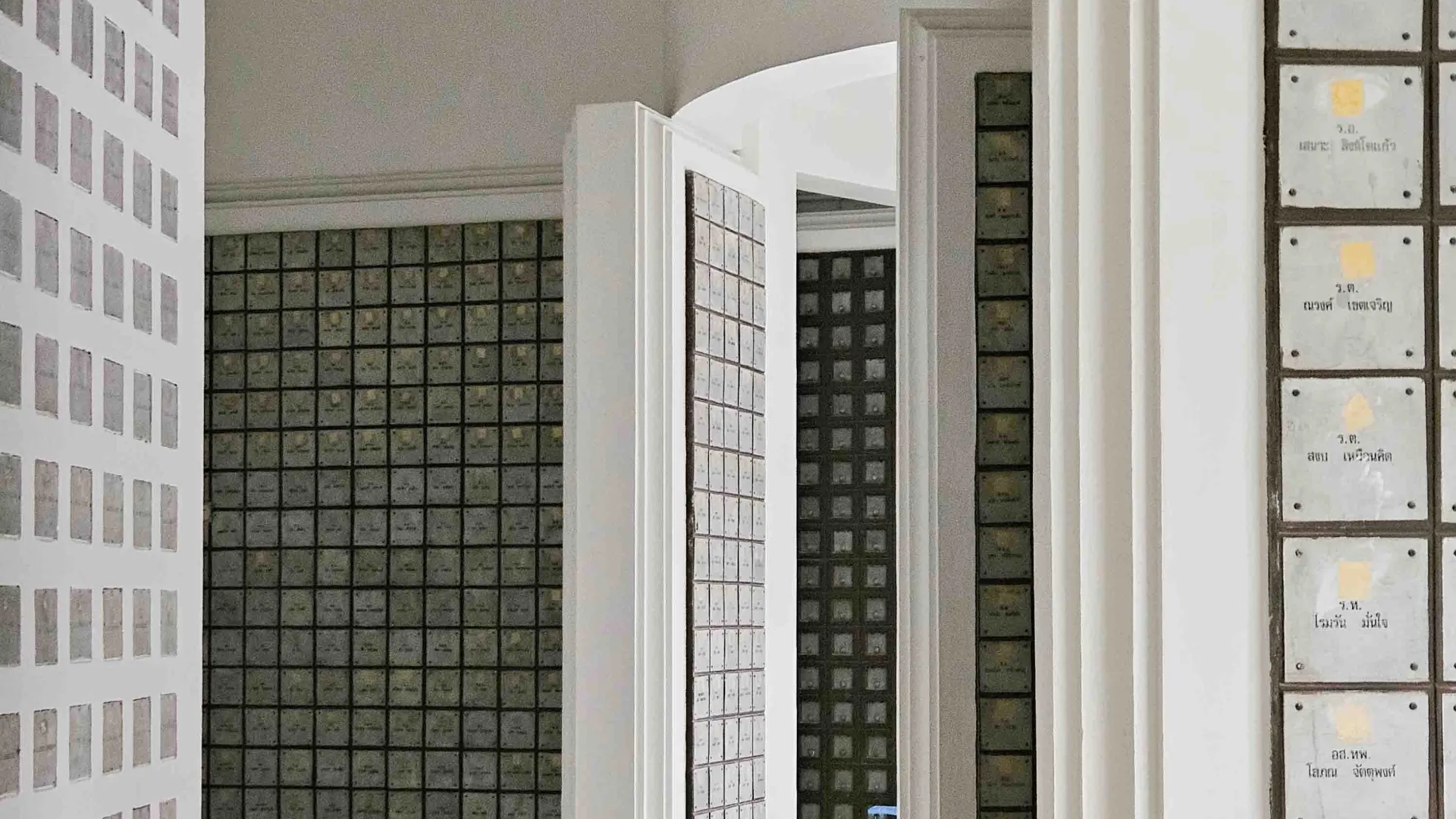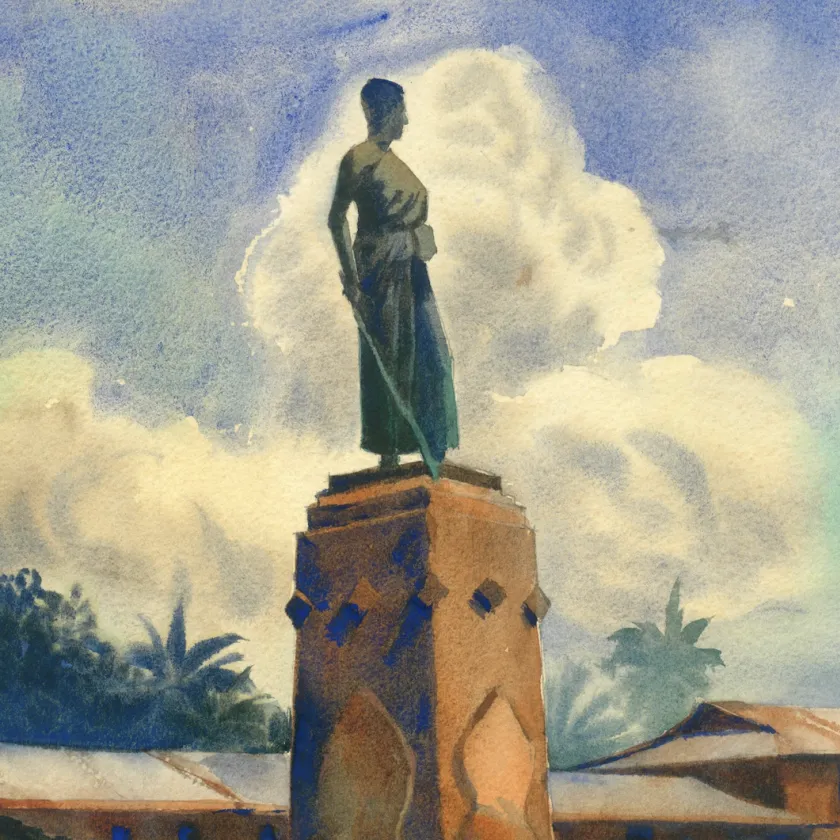After France was defeated by Germany on June 21, 1940, the French government requested the Thai government, led by Field Marshal Plaek Phibunsongkhram as the Prime Minister, to sign a non-aggression treaty regarding the French colonial territories in Indochina. The Thai government responded with a proposal on September 11, 1940, stating that if France agreed to revise the border along the Mekong River and return the territories on the right bank of the Mekong River in Laos and Cambodia, which became part of French Indochina during the crisis of 1893, Thailand would be ready to sign the treaty. However, France only accepted the proposal for border revision but refused to return the territories to Thailand. As a result, not only did the treaty fail to materialize, but France also mobilized troops to the Thai border in preparation for combat and sent fighter planes to bomb Nakhon Phanom Province. Thailand retaliated by sending troops to seize territories in Laos and Cambodia, along with engaging in aerial and naval battles. Nevertheless, before the war escalated further, Japan, the superpower at the time, offered to mediate the conflict in January 1941, leading to a ceasefire.
Although the war, known as the "Franco-Thai War," ultimately had no victor (Thailand was eventually forced to return the seized territories to France, the victorious side in World War II, in order to gain membership in the United Nations), the government of Field Marshal Plaek Phibunsongkhram resolved to construct the "Victory Monument" as a memorial to honor and pay tribute to the bravery of the soldiers who fought in that war. The foundation stone laying ceremony was held on June 24, 1941, and the opening ceremony took place on the same day the following year. The government also intended for "Phayathai Field," where the monument is located, to be the starting point of Prachathipat Road (later renamed Phahonyothin Road in honor of Phraya Phahol), Highway No. 1, which passes through Bang Khen Field (the battlefield of the Boworadet Rebellion), Saraburi, Lopburi, before eventually ending in Chiang Rai Province. The design of the monument clearly reflects the militaristic ideology of Field Marshal Plaek Phibunsongkhram. It is a monument in the shape of a five-pointed bayonet blade, 50 meters high, designed by Mom Luang Pum Malakul. It is surrounded by bronze statues of the army, navy, air force, military police, and civilians, twice the size of real people, created under the supervision of Silpa Bhirasri. At the base of the monument, marble plaques are inscribed with the names of 801 people who died in the Franco-Thai War and various other wars from 1940 to 1954.
Although the Victory Monument is one of the structures built during the People's Party era, its design and meaning deviate from the principles of the party and are directly linked to the militarism initiated by Field Marshal Plaek Phibunsongkhram. Additionally, it serves as a venue for the annual military parade on February 3rd. As a result, the monument seems to have no connection with the People's Party in the memory of contemporary people. Due to this status, the monument is safe from demolition, unlike other structures. During the resurgence of the People's Party and the demands for democracy in 2020, the new generation used the area around the Victory Monument as a gathering place to protest against dictatorship. Considering the meaning of the space created by the People's Party but fully reflecting military ideology, the rallies in this area convey a thought-provoking implication.
